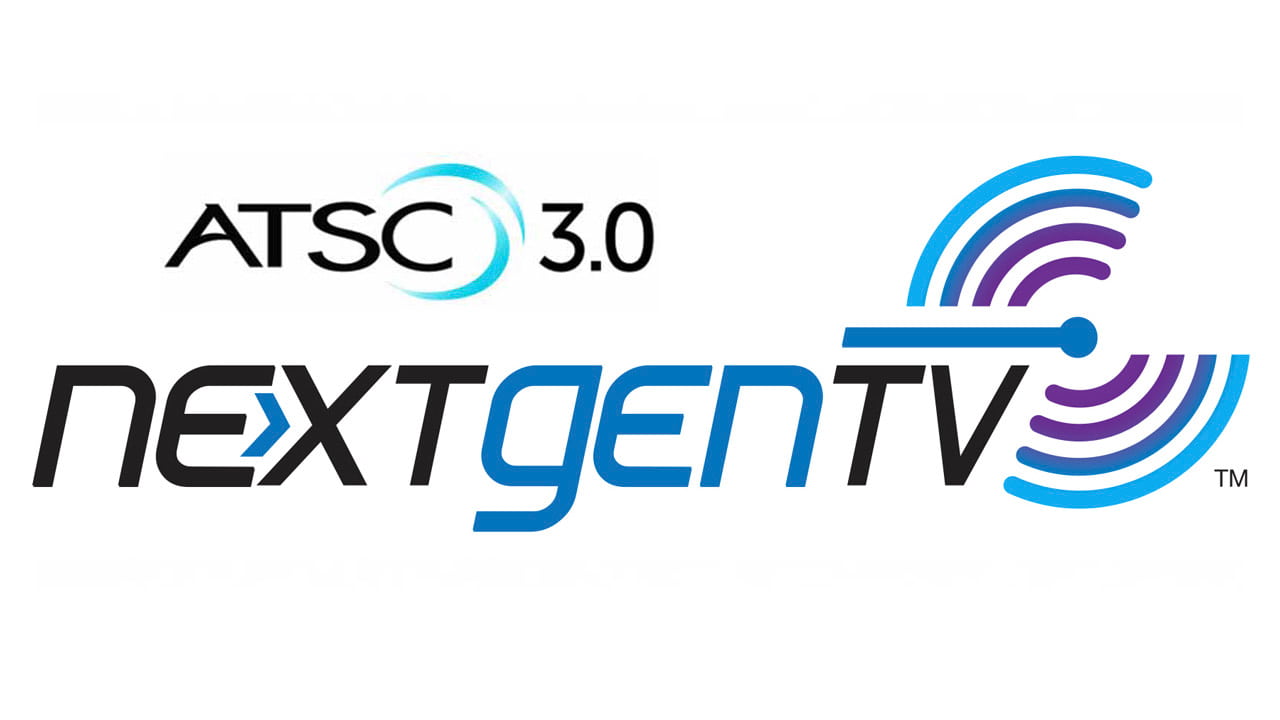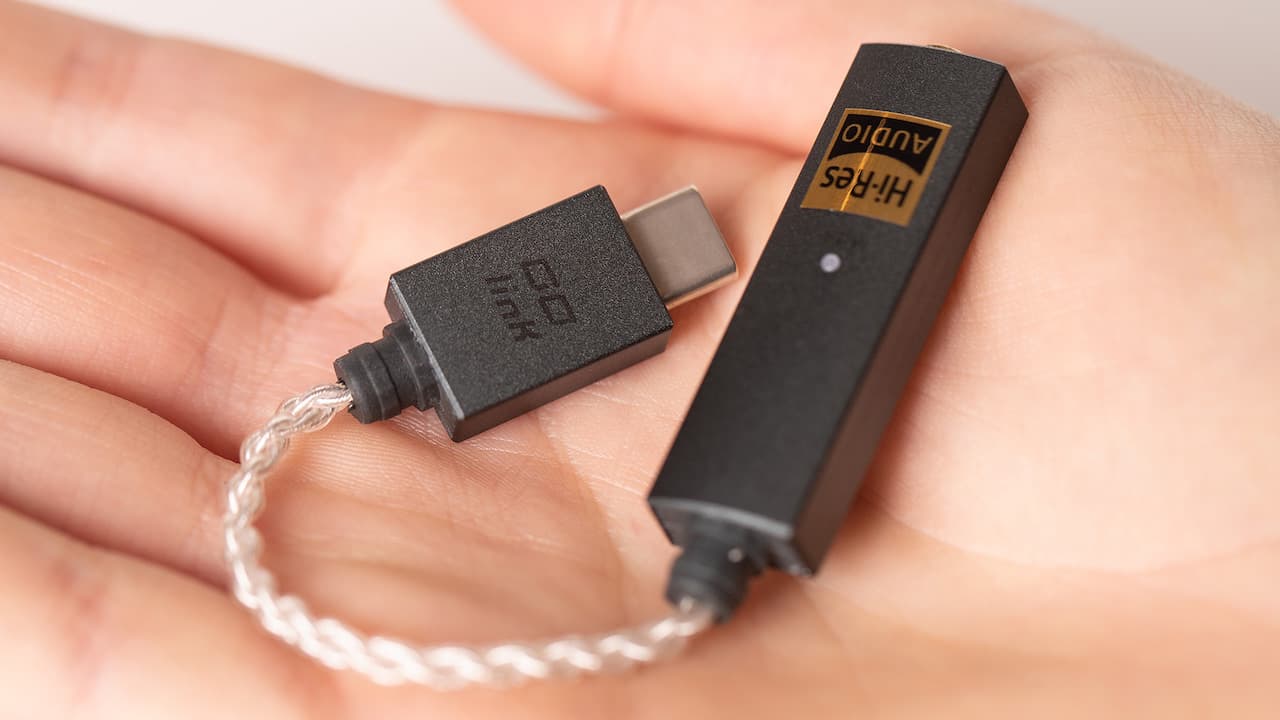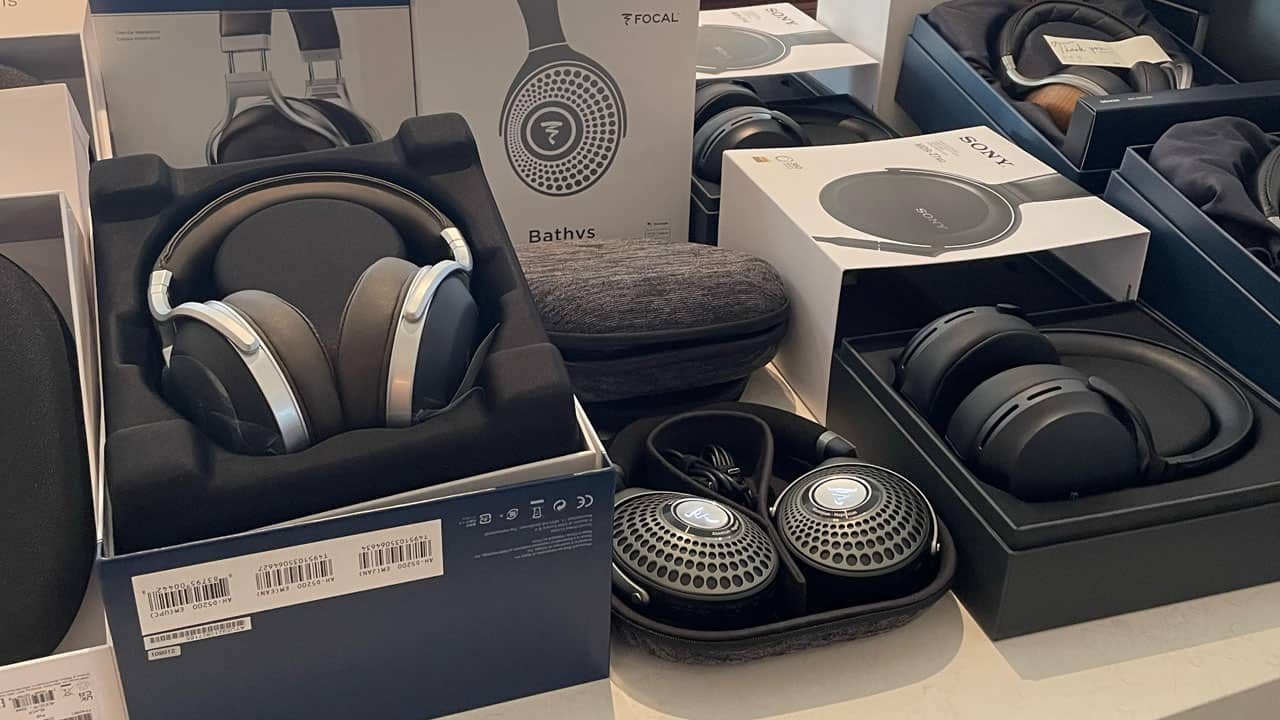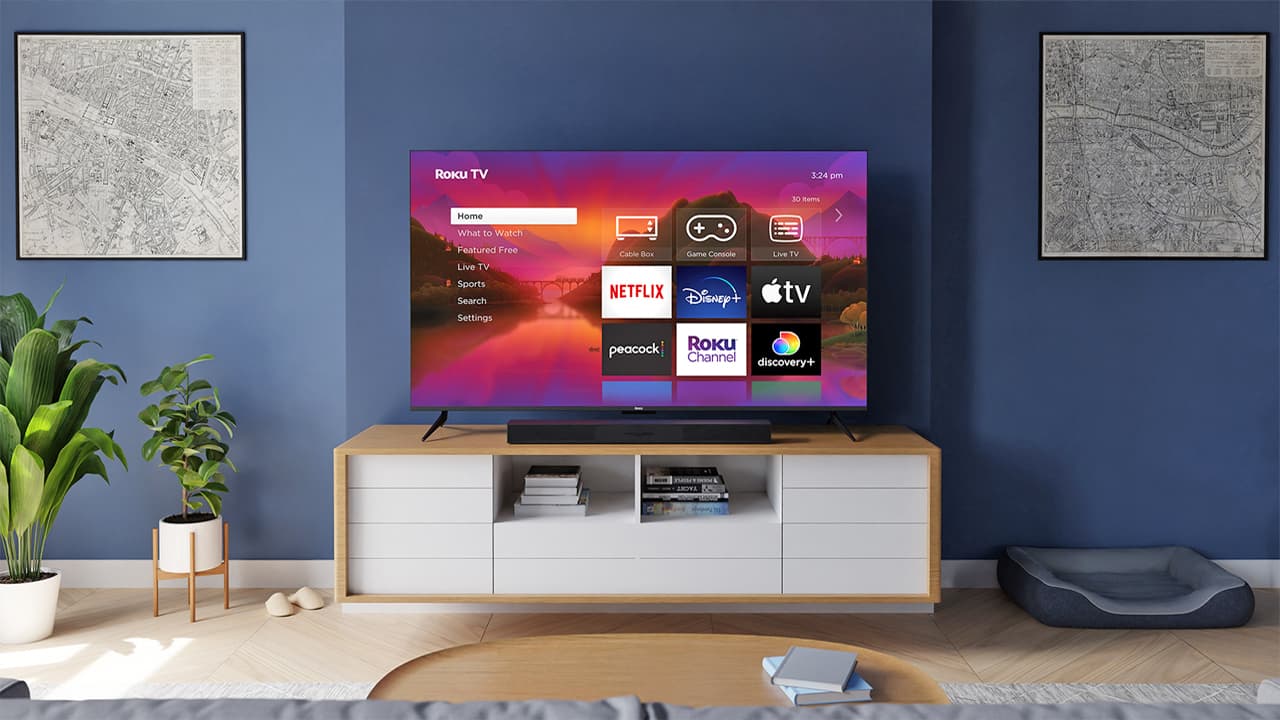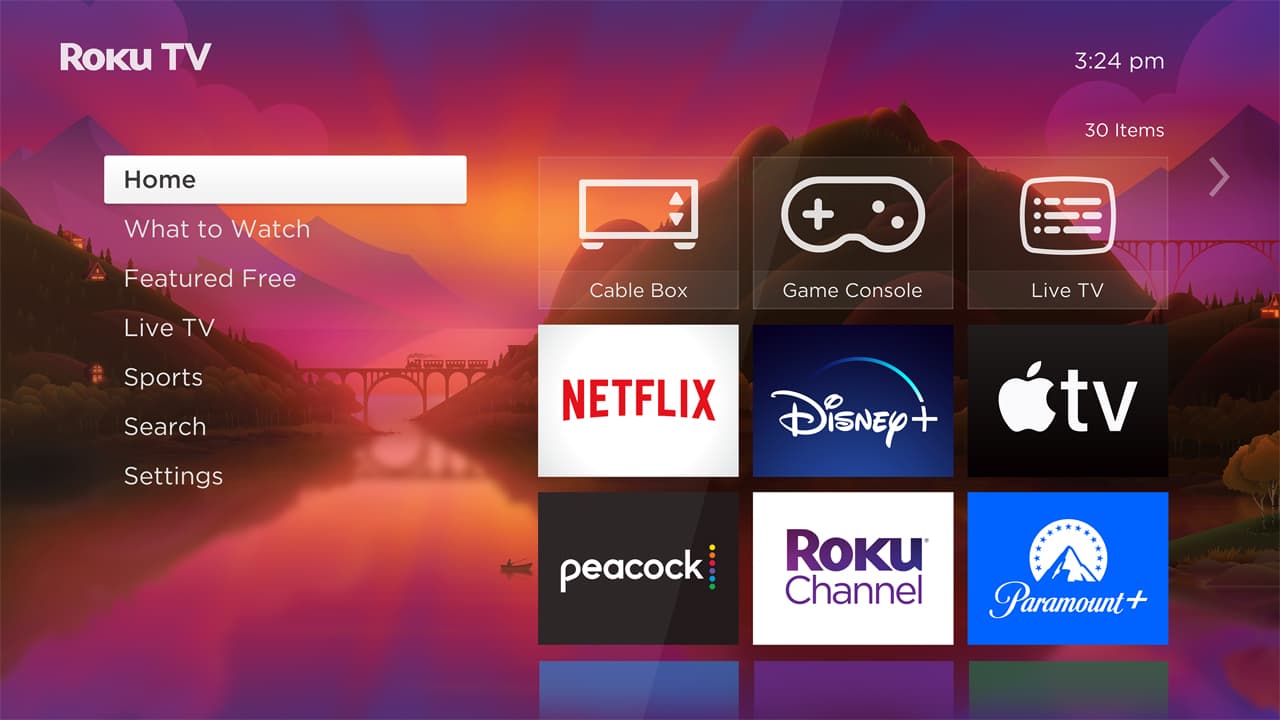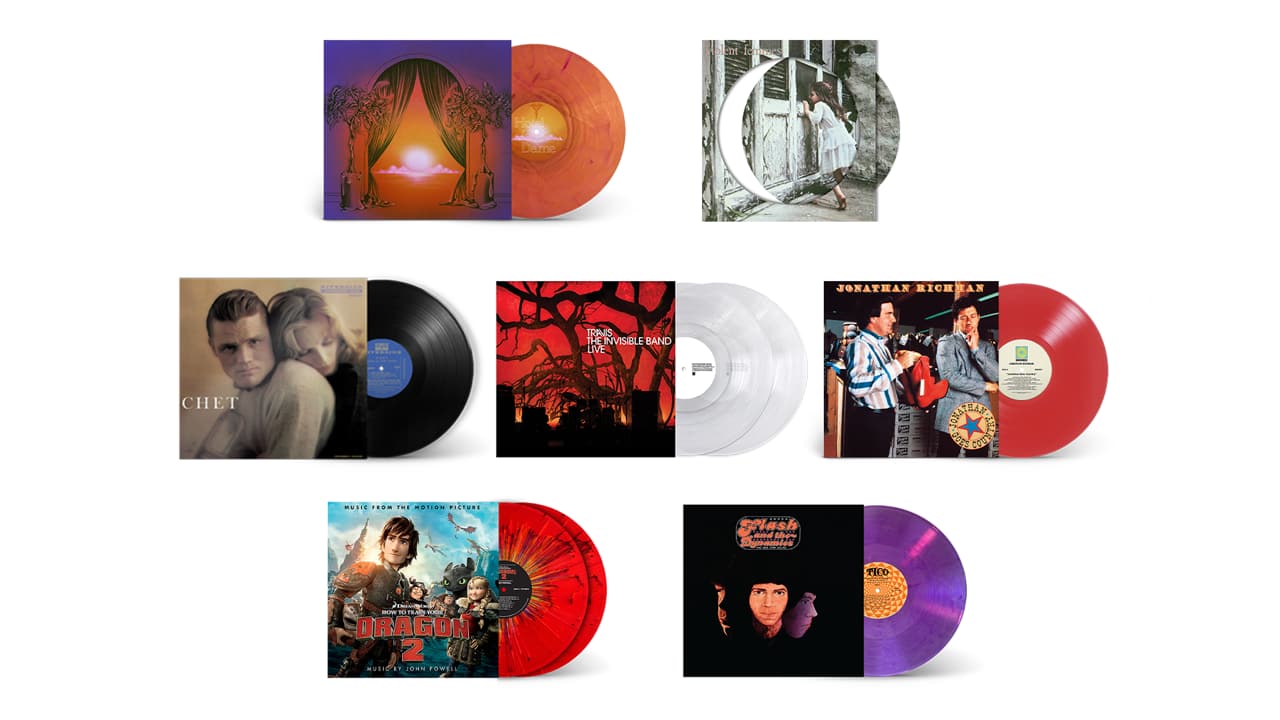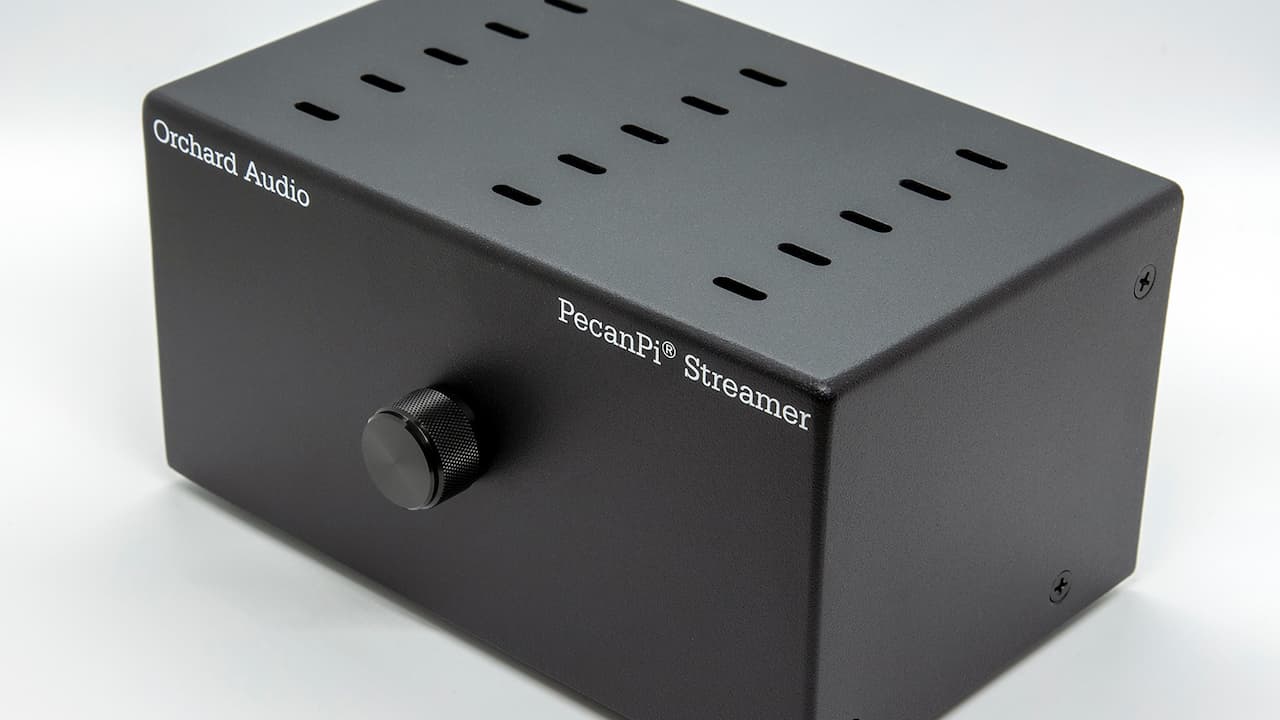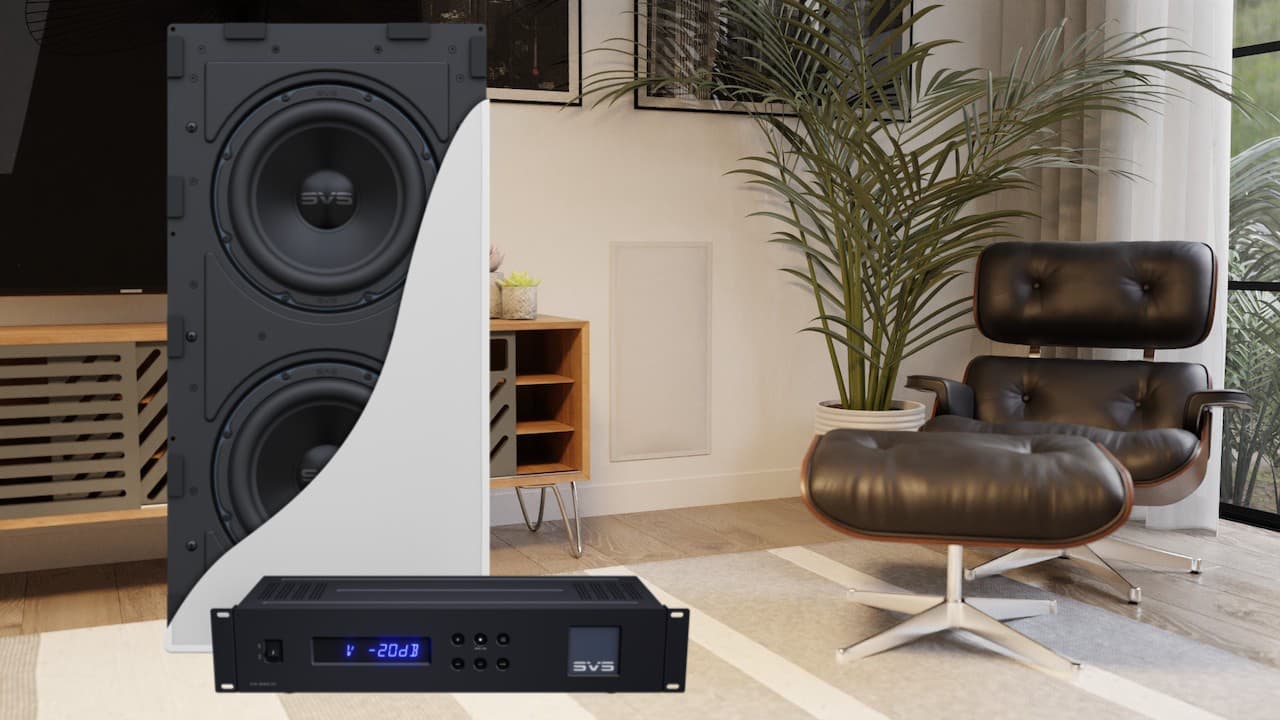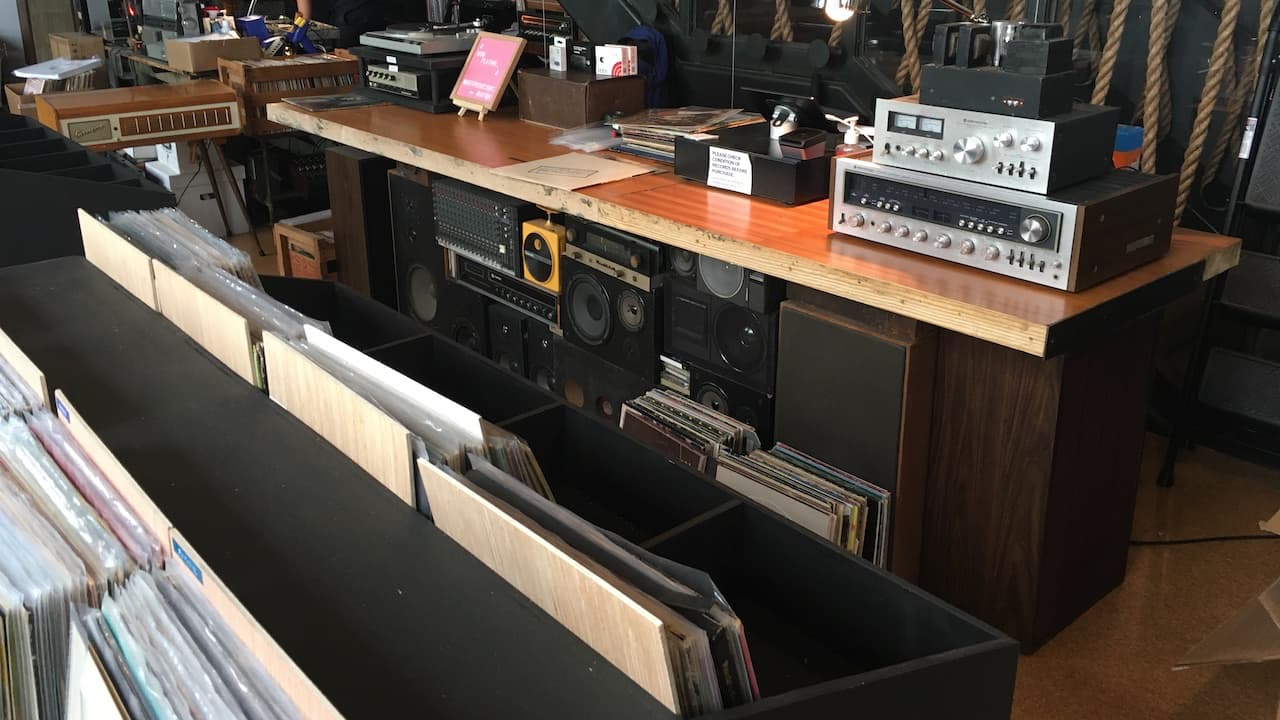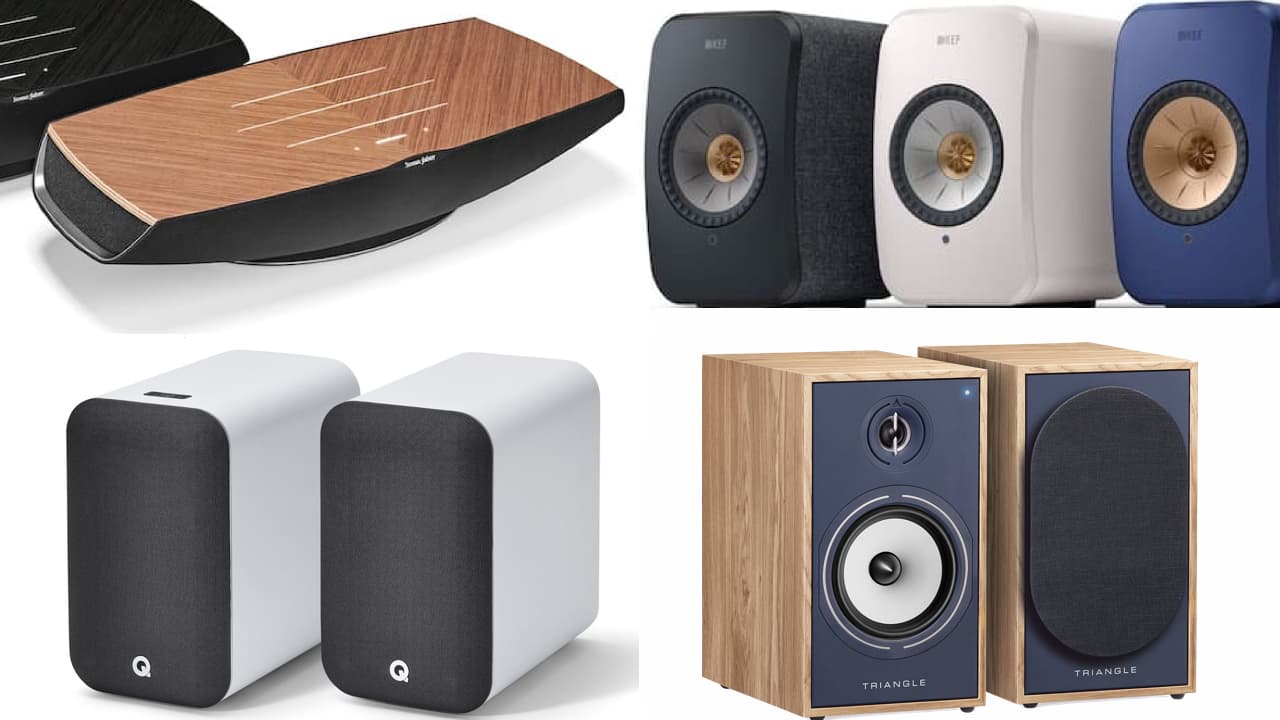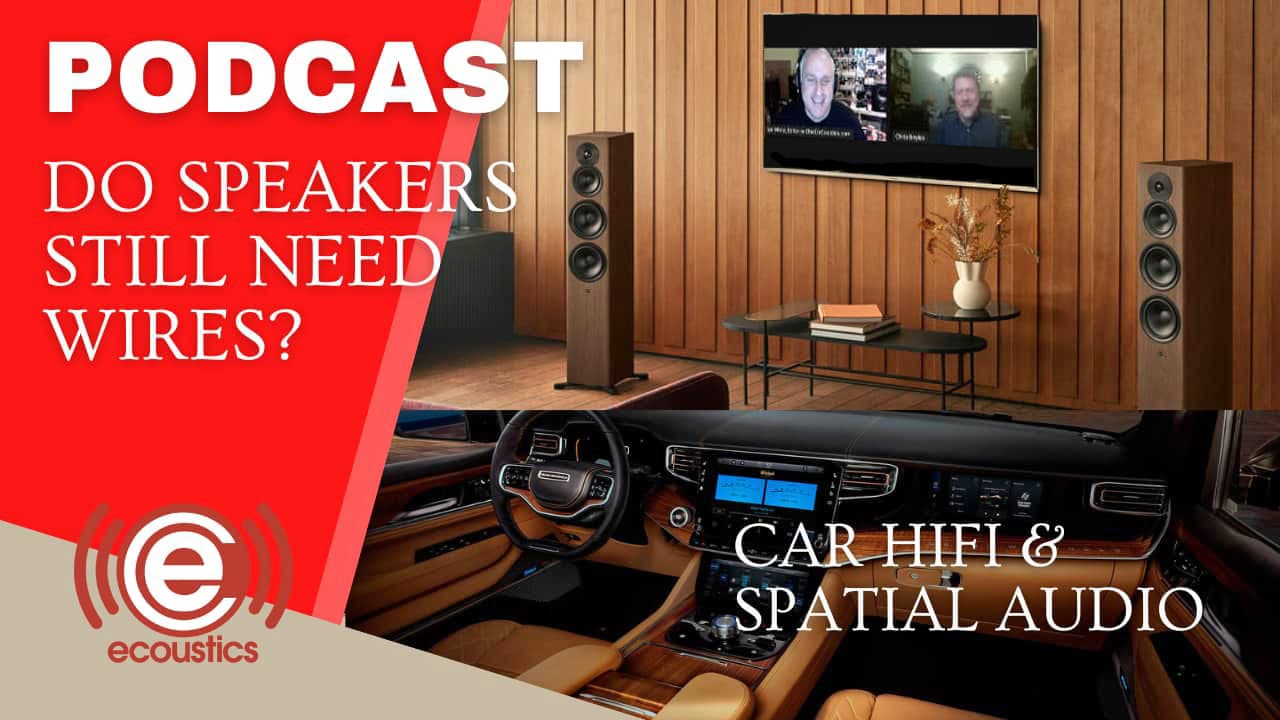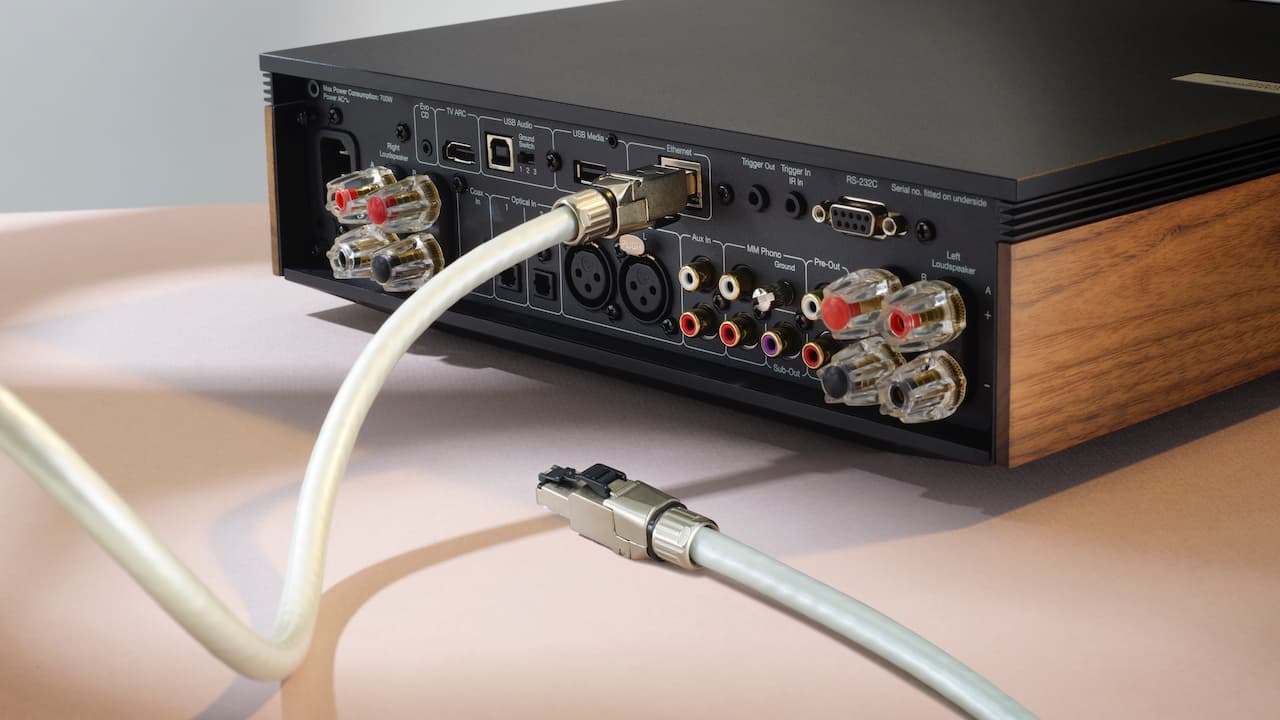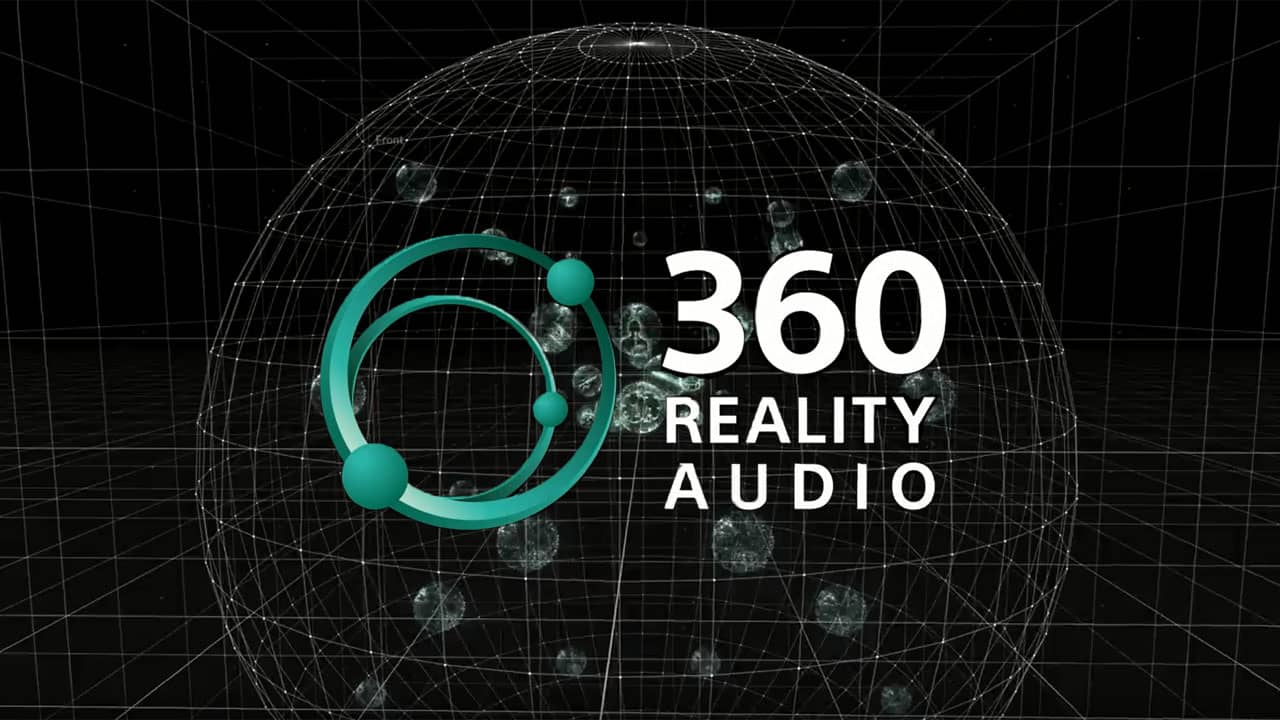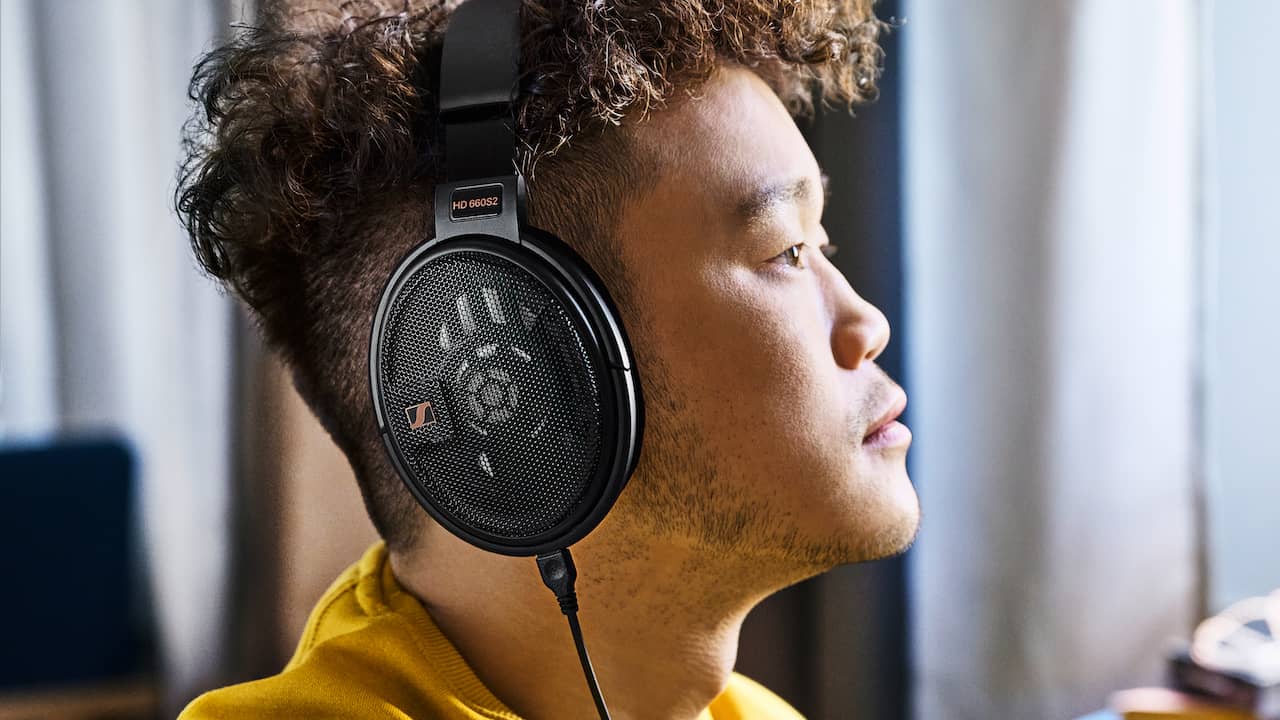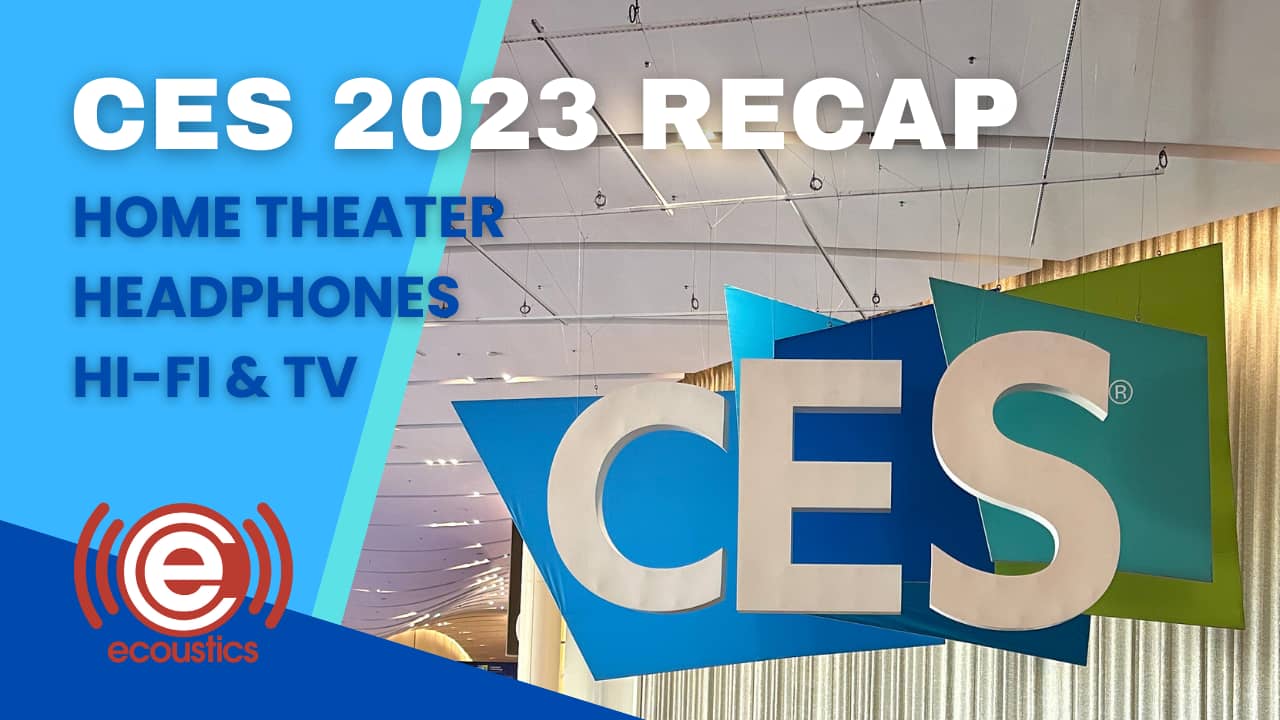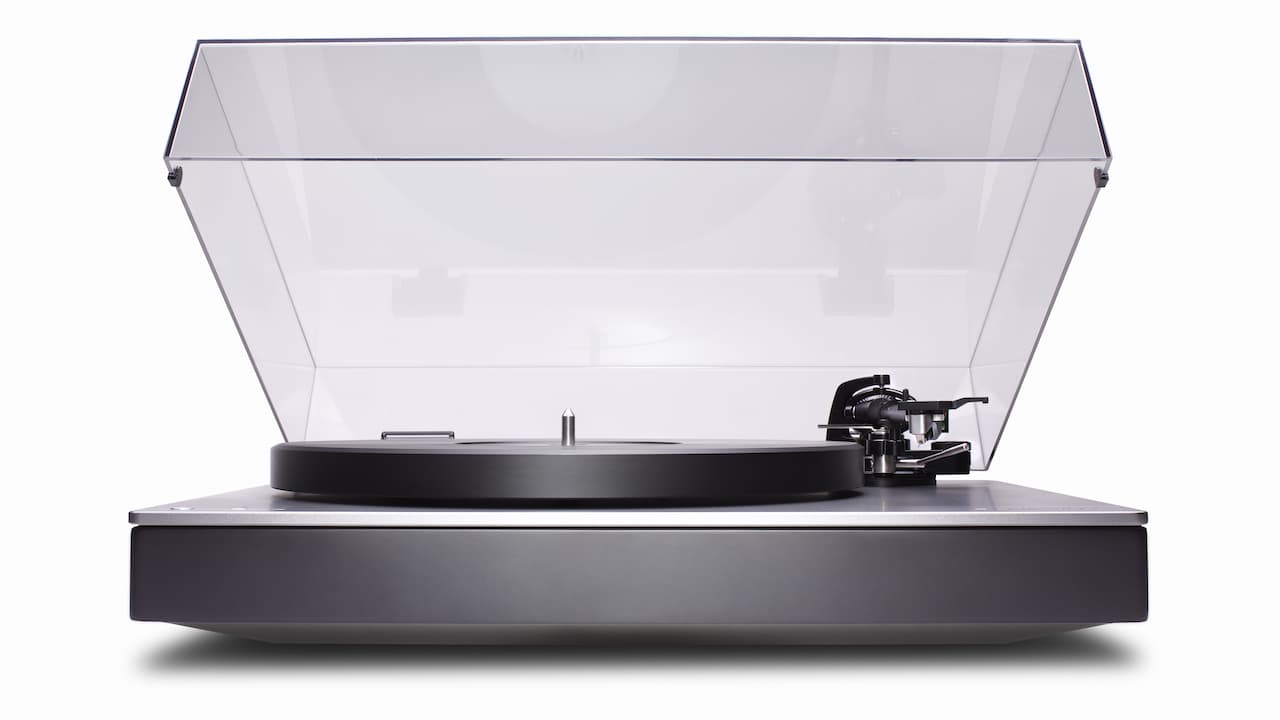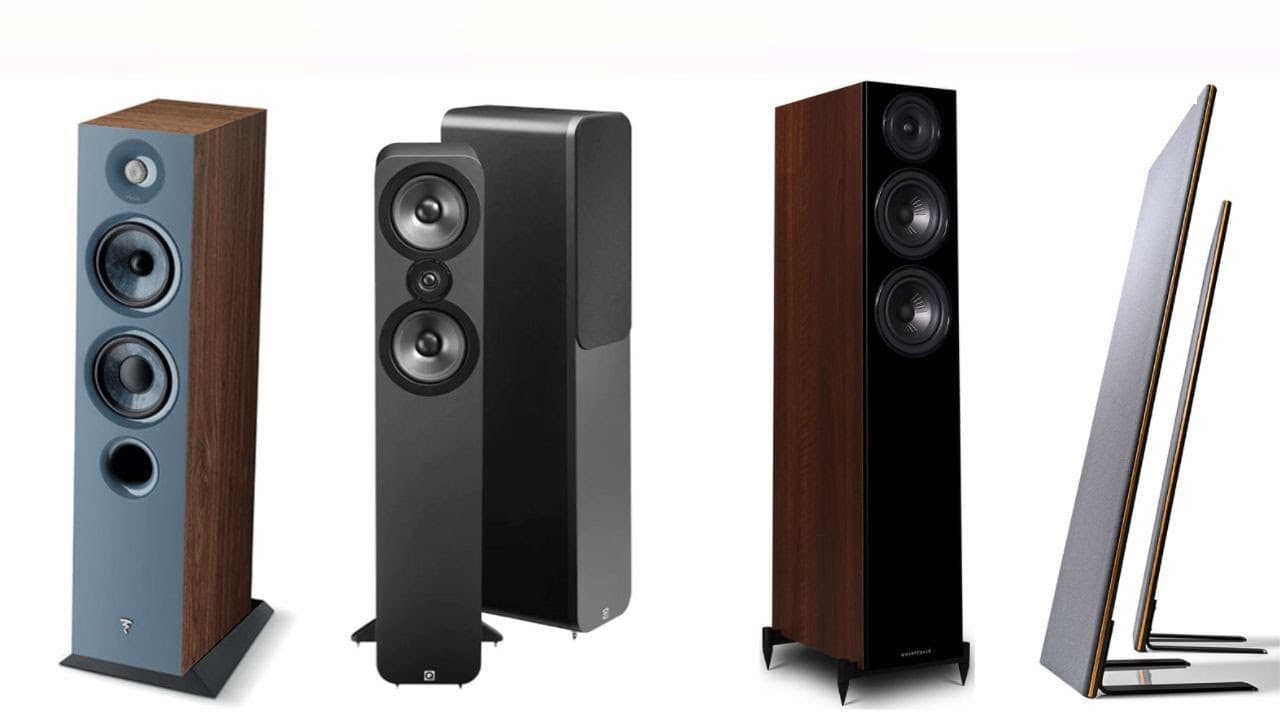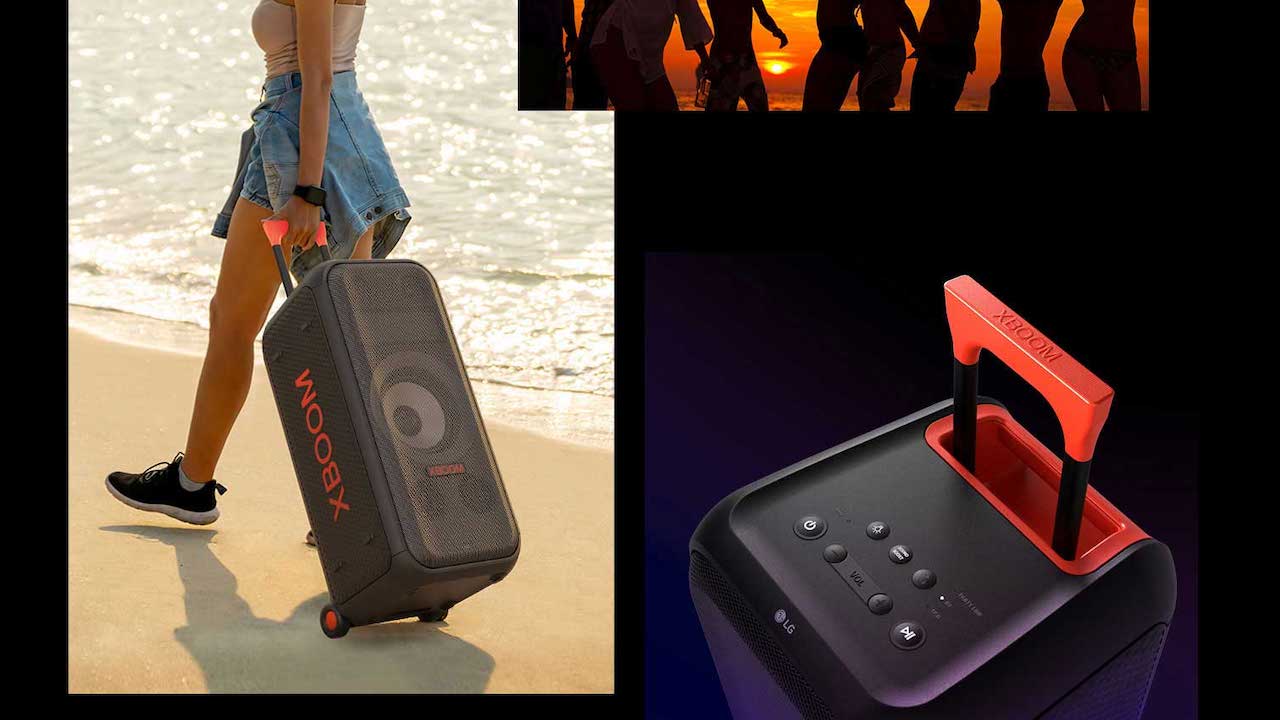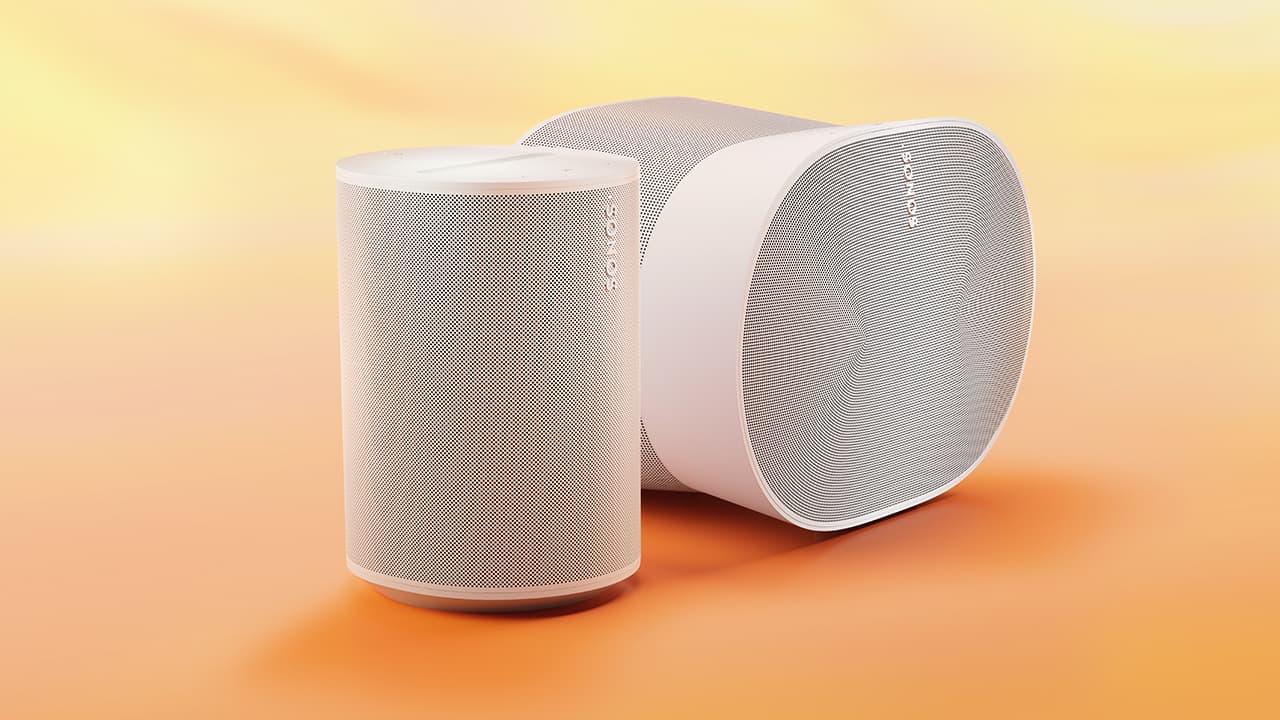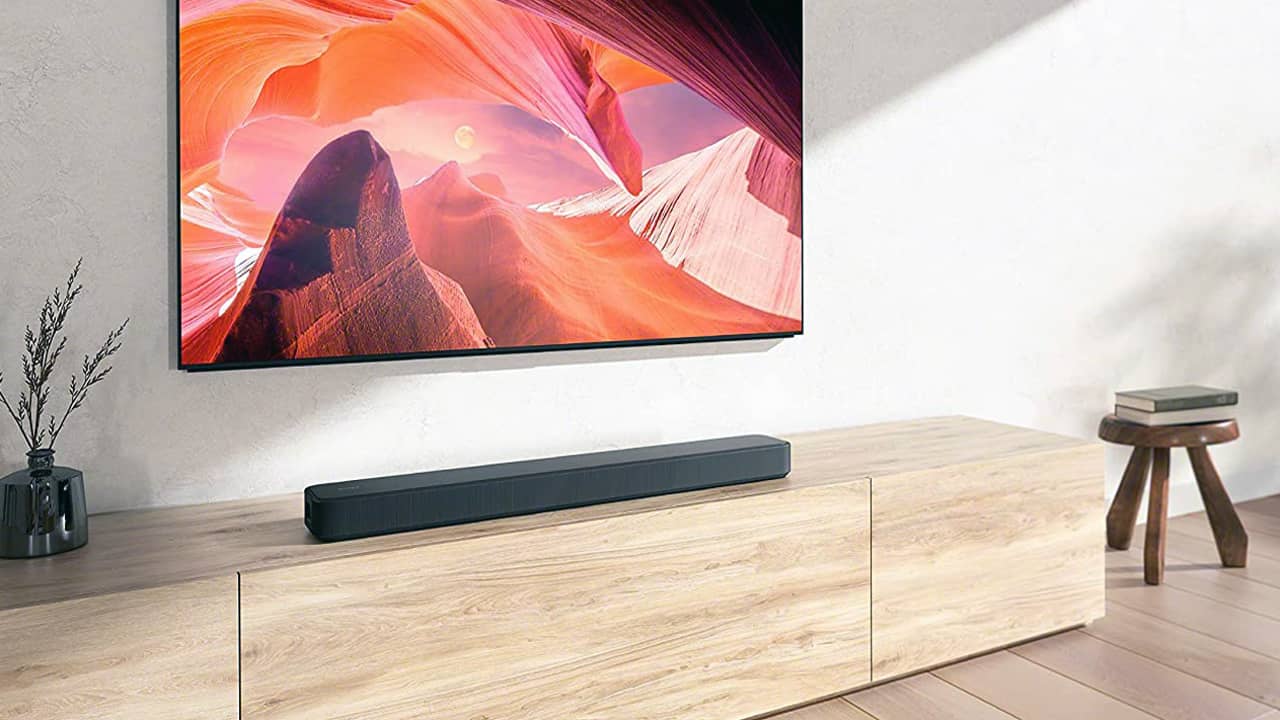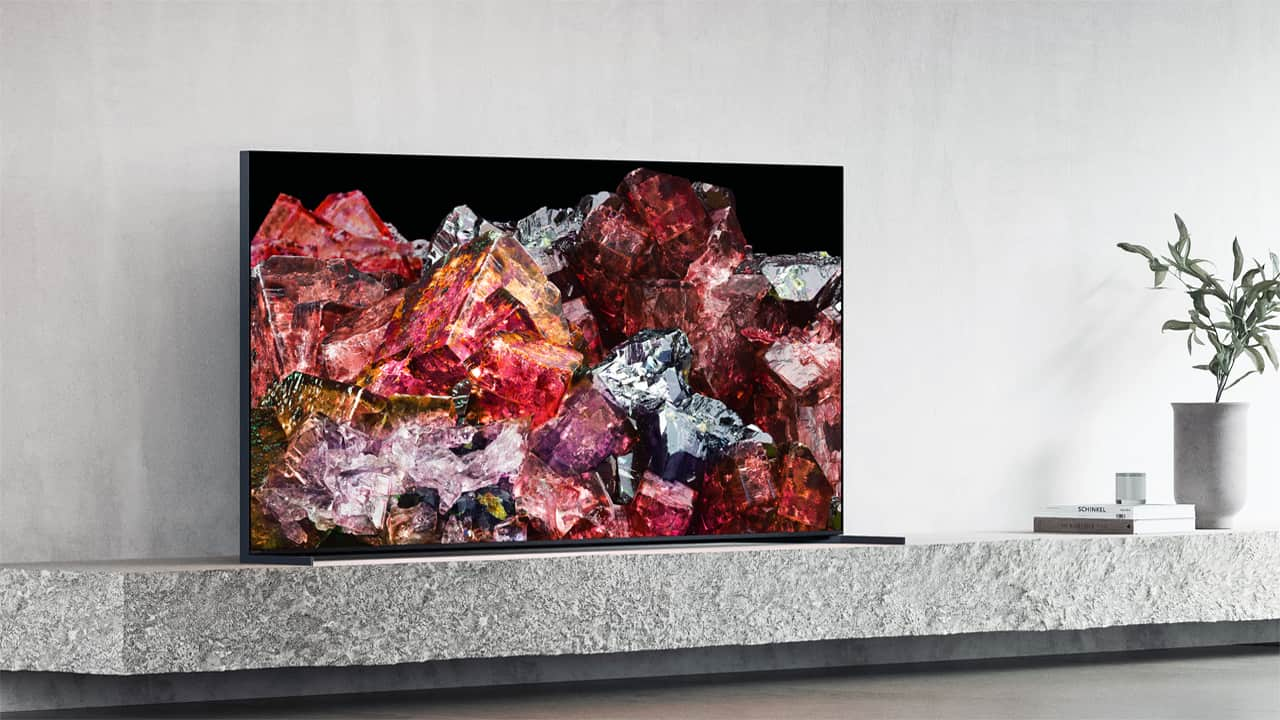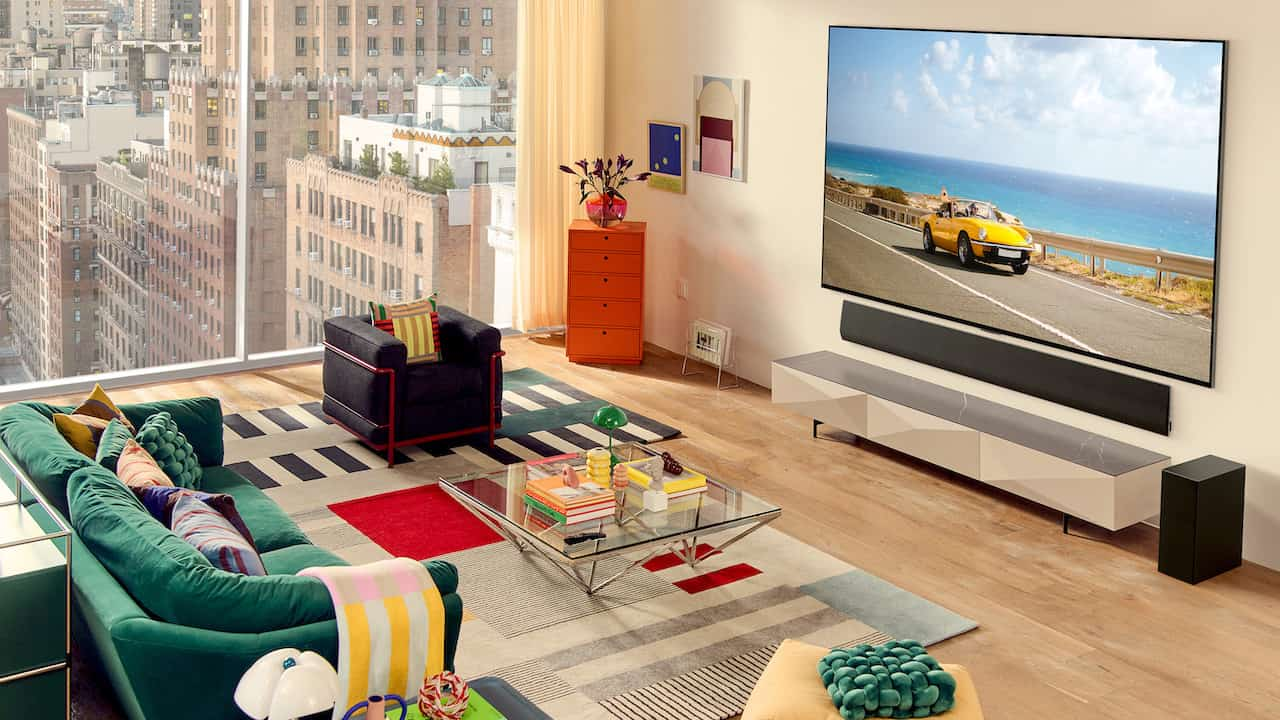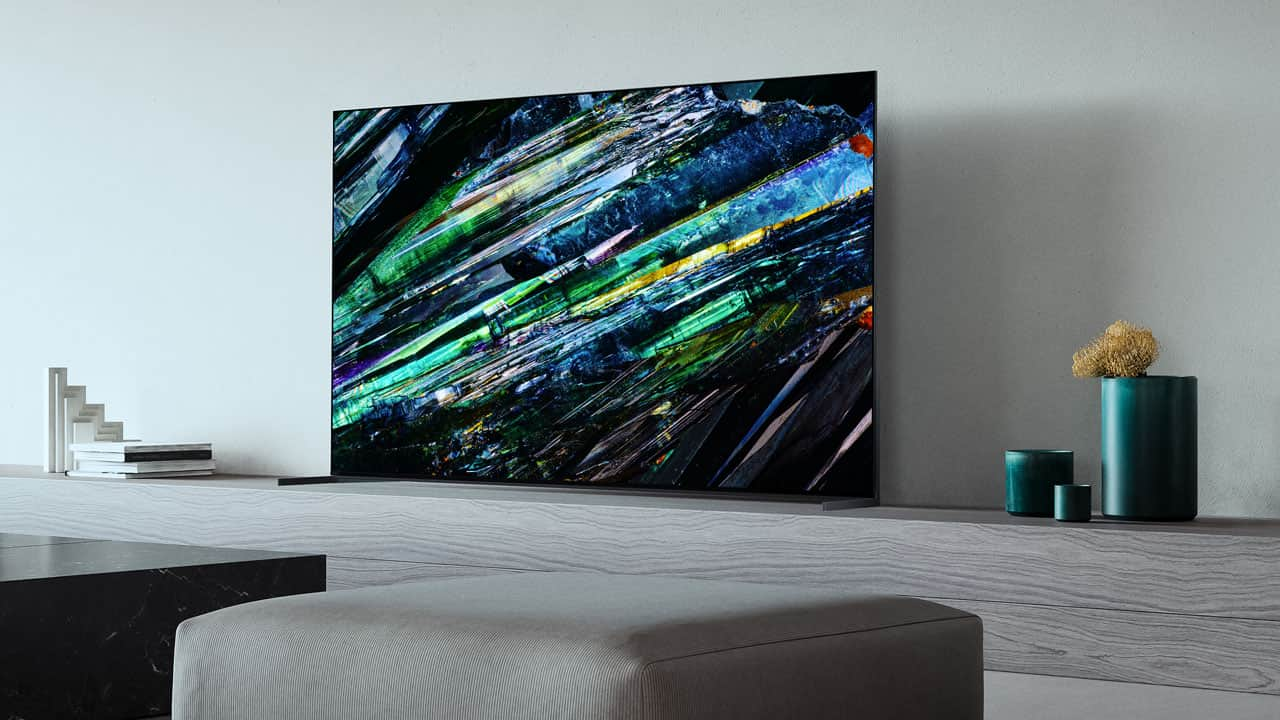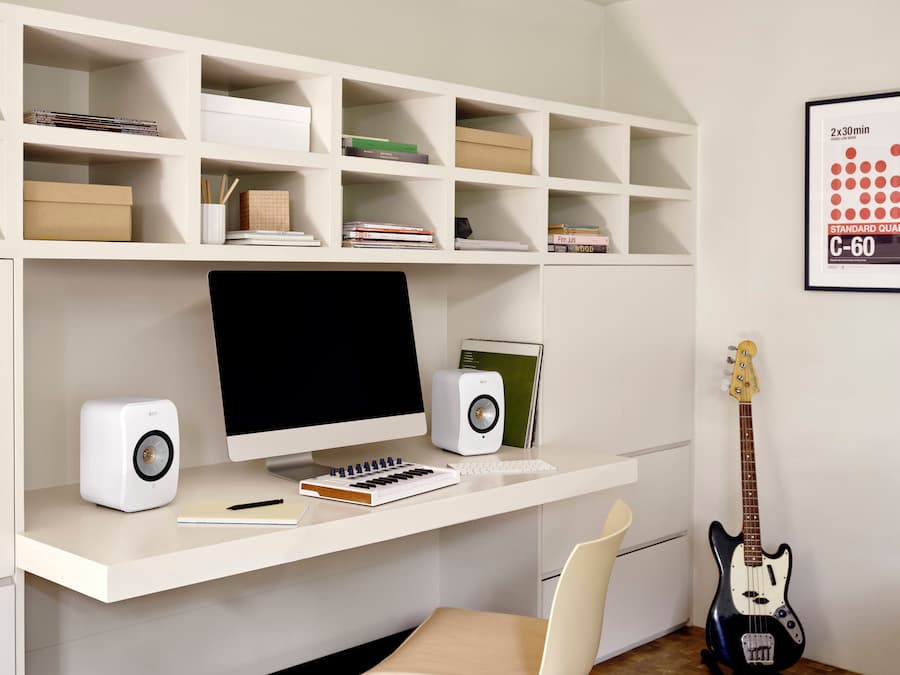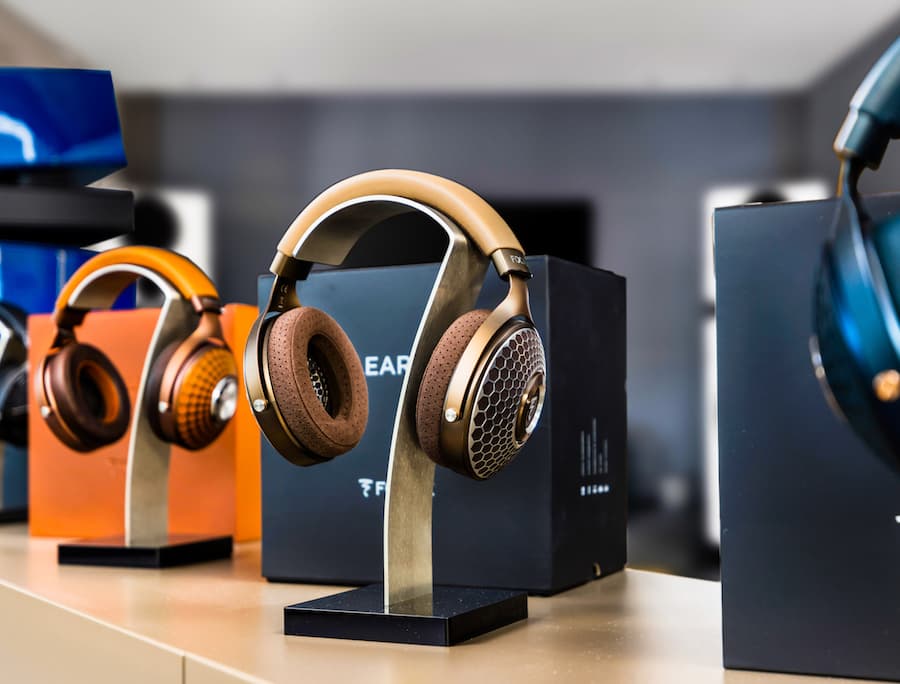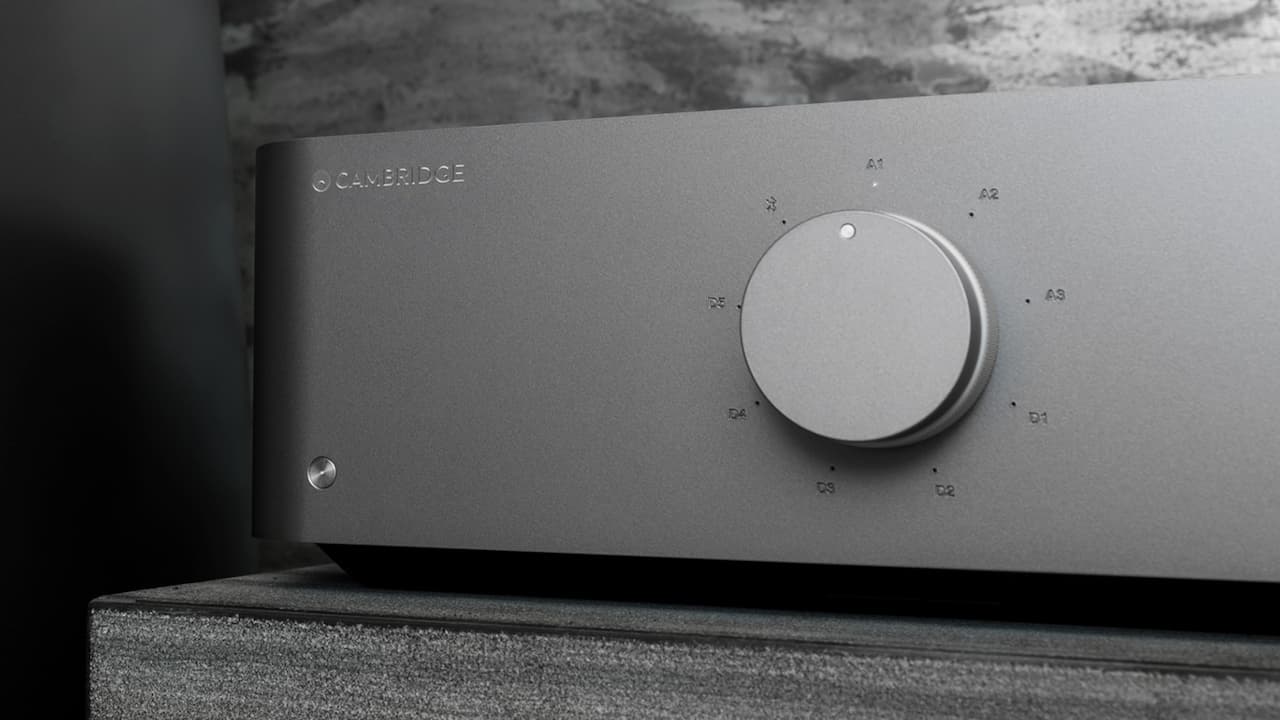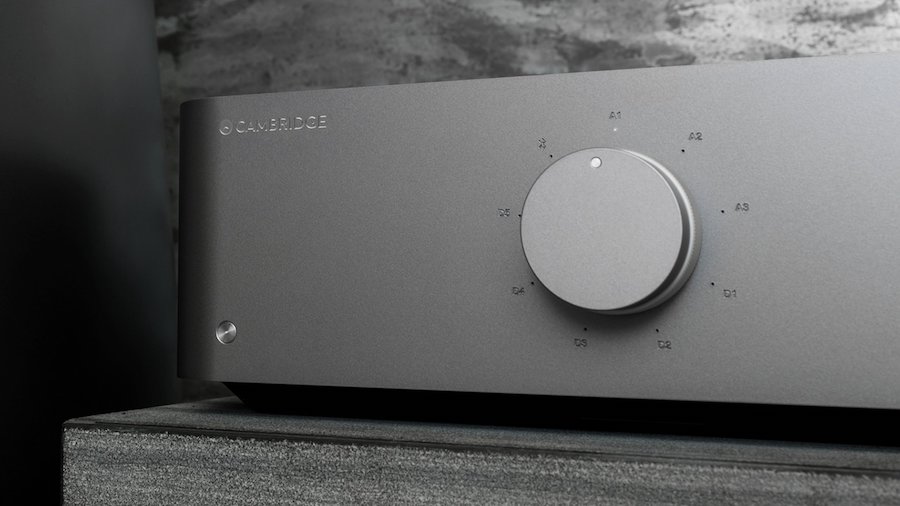On June 12, 2009, the FCC (Federal Communications Commission) ordered the transition from analog to digital TV broadcasting in the U.S., adopting standards developed by the ATSC (Advanced Television Standards Committee).
As a result of the transition, millions of analog TV owners needed to add an external analog-to-digital converter box to their TV in order to continue to receive over-the-air TV broadcasts.
This also spurred many consumers to purchase new HDTVs which had the requisite tuners built-in that could receive DTV and HDTV signals.
The DTV/HDTV broadcast system has now been in place for over a decade, but now another transition is slowly taking place toward a new TV broadcast system, referred to as ATSC 3.0 (aka NextGen TV).

What ATSC 3.0/NextGen TV Is
With the increased market penetration of 4K UHD and smart TVs, ATSC 3.0/NextGen TV is intended to replace the current broadcast system. Here are the core features of this new system:
Tip: Actual features provided are made available at the discretion of the local TV broadcaster.
- Support for over-the-air digital broadcasting in 4K UHD resolution as well as the ability to simulcast HD and SD sub-channels within the same bandwidth.
Tip: Currently very little content is actually being broadcast in 4K UHD, with many stations opting to squeeze in lower-resolution channels.
- HDR and Wide Color Gamut support.
- 120 fps video transmission support.
- Immersive audio (including Dolby Atmos and DTS:X), multiple language tracks, and other audio formats as designated.
- 3D video transmission (max 1080p).
- Over-the-air and broadband transmission of programming and supplementary content to mobile and internet-enabled devices.
Tip: Primary image and sound transmission is done over the air, with complementary features provided by simultaneous Internet delivery. TV broadcasters have the option to add a second screen and other experiences when viewing some TV programs.
- Improved Emergency Alert System for the weather, natural disasters, or other key events.
- Secure digital copy-protection (watermarking) for content owners and providers (similar to what HDCP provides for HDMI).
How ATSC 3.0/NextGen TV Affects Viewers
ATSC 3.0/NextGen TV is a mostly free viewing alternative that adds more incentive for TV viewers to cut the cord from cable/satellite services they don’t want.
However, the following needs to be taken into consideration.
Tip: ATSC 3.0/NextGen TV does support pay-per-view and channel subscription options at the discretion of Network TV broadcasters or local stations.
ATSC 3.0/NextGen TV means another transition for consumers that requires the addition of an external converter or the purchase of new TV with the required capabilities built-in.
During the transition timeline, TV broadcasters are using both the current DTV/HDTV broadcast system (ATSC 1.0) and ATSC 3.0/NextGen systems and will be for several years. Current TVs won’t suddenly become unusable, you just won’t be able to access dedicated ATSC 3.0/NextGen TV features. A similar strategy was used during the previous analog to DTV/HDTV transition. Analog TV signals were broadcast for several years until the final cut-off date.
As more TVs purchased include ATSC 3.0/NextGen tuners, a date will most likely be set so that only that standard will be used. Owners of analog, HD, and any non-ATSC 3.0 enabled UHD TVs will need external tuners to continue watching over-the-air network and local TV programming.
To support this eventual outcome, LG, Samsung, Sony, and Hisense now include ATSC 3.0 tuners in select models and there are also external set-top add-on tuners available as an option as well. More TV and set-top brands are expected to join in as things progress.
What is not known quite yet is how cable and satellite providers will incorporate ATSC 3.0 broadcast channels into their local TV carry services.
Tip: ATSC 3.0 standards, features, and implementation timelines are subject to change.
If you receive TV content via antenna, check to see if the TV you have or are considering has a built-in ATSC 3.0/NextGen Tuner. This would futureproof your TV for changes in TV broadcasting that are slowly being implemented over the next few years. For more details, including availability by city, check out the Watch NextGen TV website.
Tip: The first TV station to start broadcasting in ATSC 3.0 was WRAL in Raleigh, North Carolina (2016).
ATSC 1.0 vs ATSC 3.0/NextGen TV Technical Comparison
| TV Broadcast System | ATSC 1.0 (Current System) | ATSC 3.0 (NextGen TV) |
| Transmission Modulation | 8VSB | OFDM (Orthogonal Frequency Division Multiplex) |
| Transmission Bitrate | 19.4 Mbps | 28 to 36 Mbps |
| Video Codec | MPEG 2 (H.262) | HEVC H.265 currently in use, H.266 VCC approved for use (possible for 8K). |
| Resolution Support | Up to 720p and 1080i | 1080p, 4K UHD (may support 8K in the future) |
| Sub-Channel Support | SD and HD | 4K, HD, and SD |
| Audio Support | Dolby AC-3 (Up to 5.1 Channels) | Dolby AC-4 (up to 7.1.4 channel audio compatible with Dolby Atmos and DTS:X) |
| Additional Features | N/A | HDR, Wide Color Gamut, Online, and Mobile content delivery options. |
Tip: If you are wondering why there isn’t an ATSC 2.0 – it was developed but not implemented as it didn’t address 4K UHD and HDR.

TVs with ATSC 3.0/NextGen TV Tuners
Here are some examples of TV with ATSC 3.0/Next Gen Tuners Built-in. For the entire list, check out the Watch NextGen TV Devices Page.
4K UHD TVs
- Hisense U8H QLED: Amazon
- Hisense U7H QLED: Amazon
- LG G2 OLED evo Gallery Edition: Amazon
- LG QNED80 AQA series LED/LCD: LG.com
- LG QNED85 AQA series MiniLED: LG.com
- Samsung QNS95B QD-OLED: Amazon
- Samsung QN90B Neo QLED: Amazon
- Sony BRAVIA XR A95K QD-OLED: Amazon
- Sony BRAVIA XR A90K OLED: Amazon
- Sony BRAVIA XR X90K LED/LCD: Amazon
- Sony BRAVIA XR X95K Mini-LED/LCD: Amazon
8K TVs
- LG SIGNATURE Z2 OLED: Amazon
- Samsung QN900B Neo QLED: Amazon
- Sony BRAVIA XR Z9K Mini-LED: Amazon
External ATSC 3.0/NextGen TV Set-Top Boxes

- SiliconDust HDHomeRun Flex 4K ATSC 3.0/NextGen TV Tuner: Includes four tuners (2 ATSC 3.0, all 4 tuners are also ATSC 1.0 compatible): $199 at Amazon
- Tablo ATSC 3.0 QUAD HDMI OTA DVR: $299 at Tablo
Tip: You can use an existing TV antenna to receive ATSC 3.0/NextGen TV signals. However, you need to buy one, this Antennaweb.org will help determine what type of antenna might be best for you.
Related Reading

